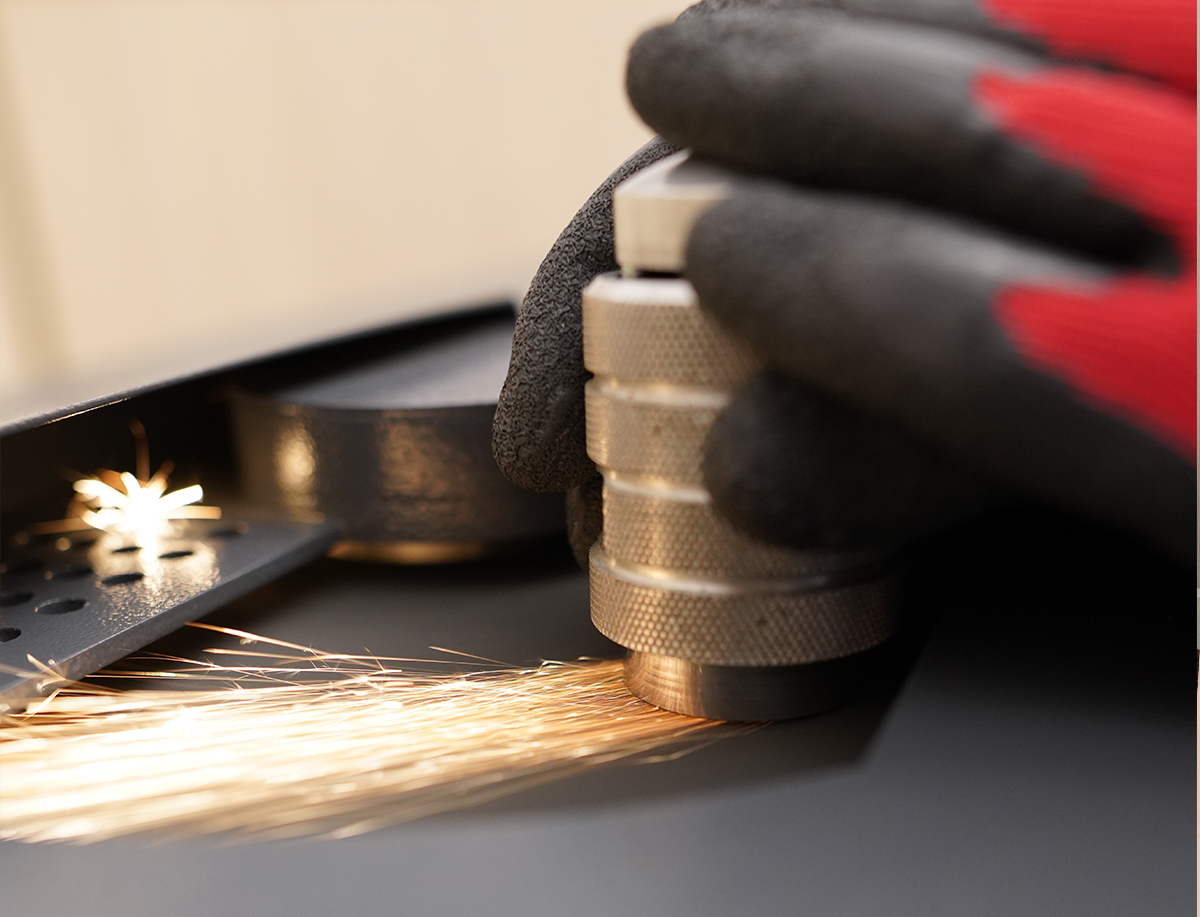Applications of Metallographic Polisher in Key Industries

Applications of Metallographic Polisher in Key Industries
🔹 Steel Industry:
In the steel industry, metallographic polishers are essential for preparing the surface of steel samples prior to microscopic analysis. Proper polishing reveals microstructural details such as grain boundaries, inclusions, phases, and heat treatment effects.
Applications include:
-
Microstructure analysis of carbon, alloy, or stainless steels
-
Evaluation of heat treatment results (annealing, quenching, tempering)
-
Failure analysis and corrosion inspection
🔹 Copper Industry:
In copper and copper alloy metallurgy (e.g., brass, bronze), polished samples are critical for examining grain structure, twin boundaries, and phase distribution. The polisher ensures a scratch-free surface for accurate observation.
Applications include:
-
Quality assessment of rolled or cast copper alloys
-
Phase contrast in multiphase alloys
-
Distribution and segregation of alloying elements
🔹 Cement Industry:
In cement plants, the polisher is used for preparing specimens such as clinker, limestone, or raw materials before SEM or elemental analysis (EDS/WDS). A flat and reflective surface enhances phase distinction and compositional analysis.
Applications include:
-
Microscopic study of clinker crystallinity
-
Identification of silicate and aluminate phase distribution
-
Quality control of raw mix and final product
🔹 Casting Industry:
In the casting industry, polishing is critical for examining casting defects, grain morphology, porosity, and cooling patterns. A properly polished surface reveals flaws that affect mechanical performance.
Applications include:
-
Detection of shrinkage cavities, gas porosity, and inclusions
-
Analysis of weld joints and grain boundaries
-
Assessment of casting quality under different mold conditions




